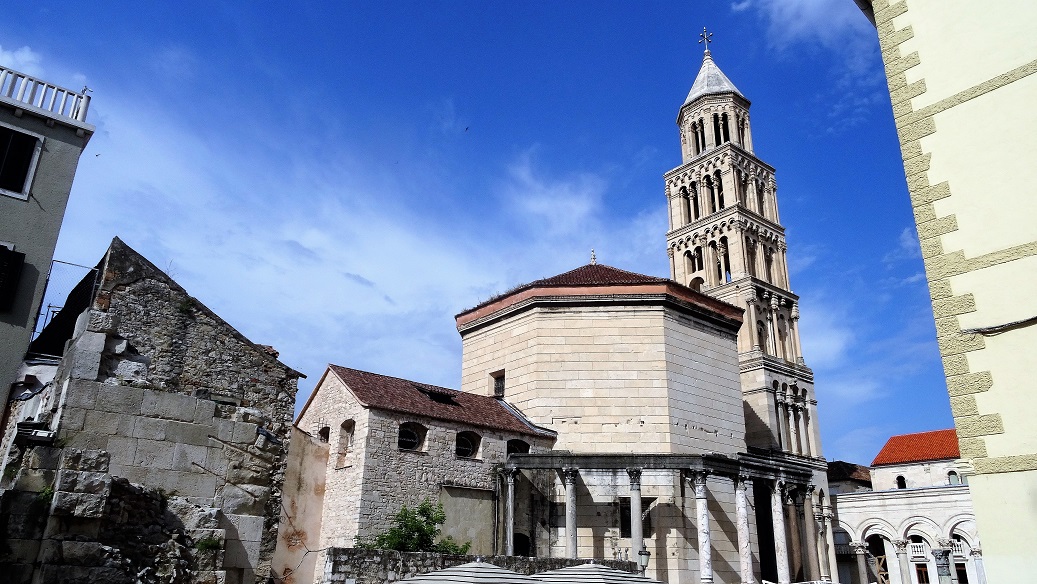


|
|
||
|
|
Dubrovnik  Dubrovnik Cathedral † † Church of St. Francis
(Franciscan Church) † Dominican Monastery † Church of St Ignatius † Church of St Ignatius, Dubrovnik dates back to the beginning of the 18th century and formed part of the Jesuit College which was to become the Dubrovnik University. Baroque in design it is located at the top of the large staircase leading from the cityís main thoroughfare. Consisting of a single nave with a number of side chapels beautifully decorated with frescoes it also contains man-made caves dedicated to Our Lady of Lourdes. READ MORE † Church of St Blaise Built in 1715 on the site of a medieval Romanesque church that was destroyed by fire in 1706. The current church, dedicated to Saint Blaise, was constructed in Venetian Baroque Architectural style. Richly decorated, its interior contains a single nave with a beautiful main altar and two side altars. READ MORE † †† Dominican Monastery and Church of Saint Mark
†  † The Dominican Monastery and Church of Saint Mark is located near the waterfront and close to St Stevenís Square in the heart of Hvar.
† From the 13th to the 18th centuries Hvar was part of the Venetian Empire. It was an important naval base and had a strong fortress, encircling town walls, and a protected port. The walls still survive, as do many of the fine houses and public buildings from the Venetian period. READ MORE † † Salona Ancient Site † † † Dioletian's Palace † † †
† Cathedral of St Domnius  Located in the centre of Diocletianís Palace in the heart of Split, the Cathedral of St Domnius was originally the Mausoleum of the Roman Emperor Diocletian (284-316) who died in Split in 316.
Octagonal in plan, the Mausoleum was constructed of large stone blocks to a height of 24 metres. The walls were 2.75 metres thick and it was surrounded by 28 granite and marble columns which were brought from Greek and Egyptian temples. READ MORE † Church of St Francis The Church of St Francis was built by the Franciscan friars when they arrived in Split in the 13th Century at the site of the grave of St Felix, whose remains are held in the main altar of the church. Having been demolished a couple of times over the years the current church was built in the early 20th century. READ MORE † Trogir Cathedral of St Lawrence  The Cathedral of St. Lawrence is located in the historic centre of Trogir and dates in its current form back to the 12th century. Incorporating a number of architectural styles, it contains some fine architectural, sculptural and artistic works including the highly ornate Romanesque Portal by the local architect and sculptor Master Radovan. READ MORE † Zadar † Cathedral of St. Anastasia † Although the current Cathedral of St. Anastasia dates from the 12th and 13th centuries, it developed on the site of a Christian basilica constructed during the 4th and 5th centuries. Originally dedicated to St Peter, it changed to Saint Anastasia when it received her remains in the 9th century. A sarcophagus was commissioned for her remains, which are held in the cathedral. READ MORE † Church of St Donatus † † Church of St Francis † † |
|
|
|
||
All Photographs were taken by and are copyright of Ron Gatepain
| Site Map |
